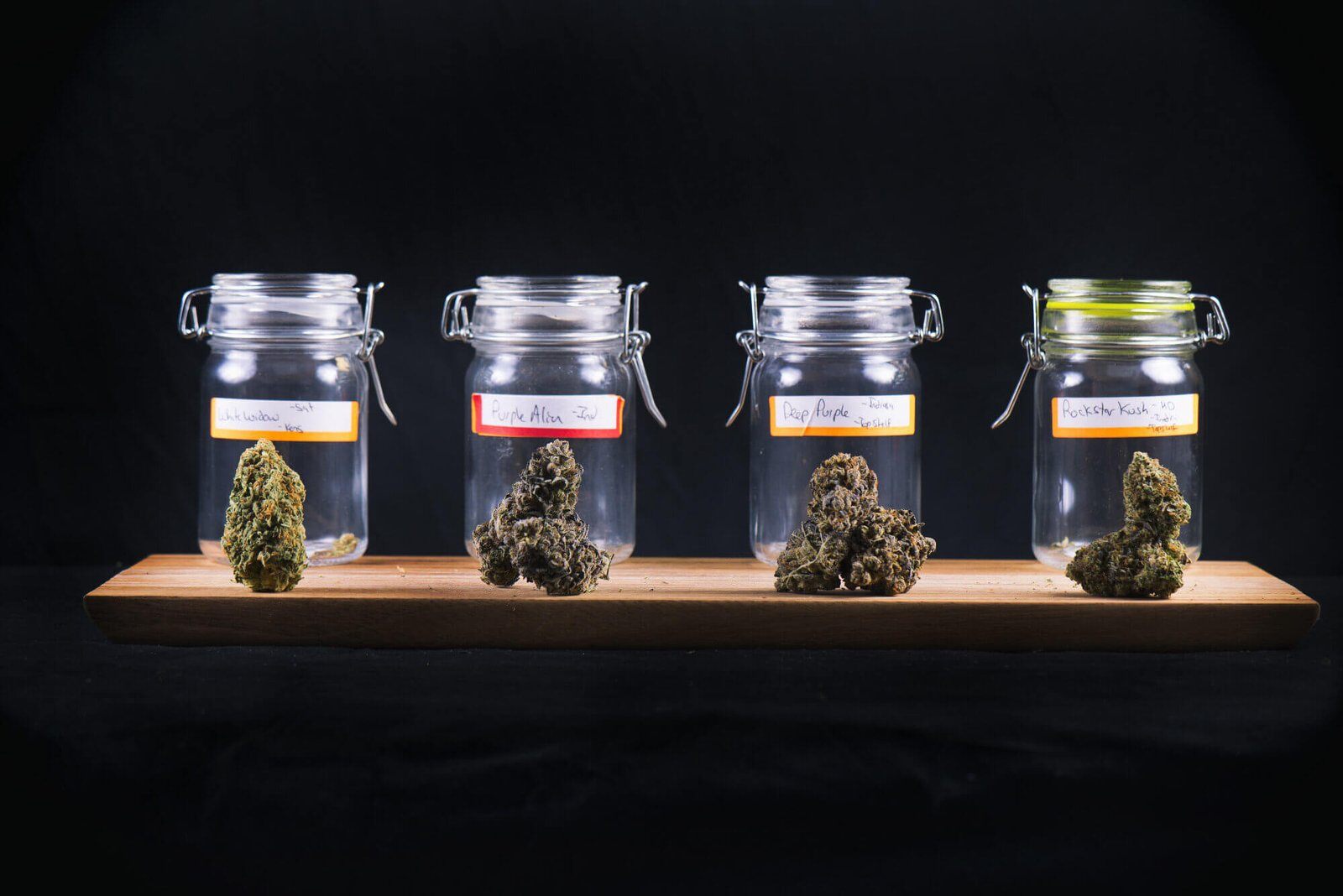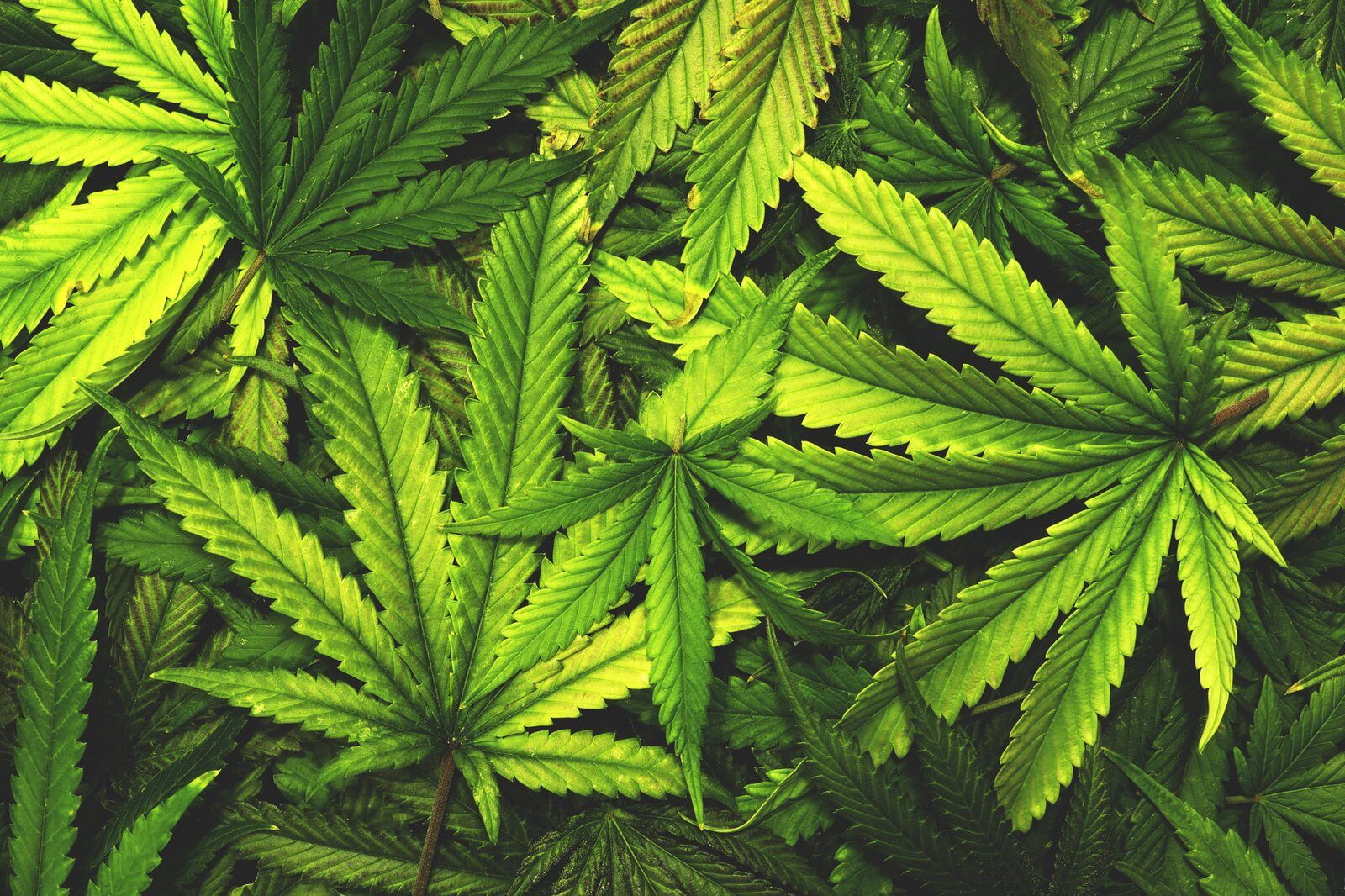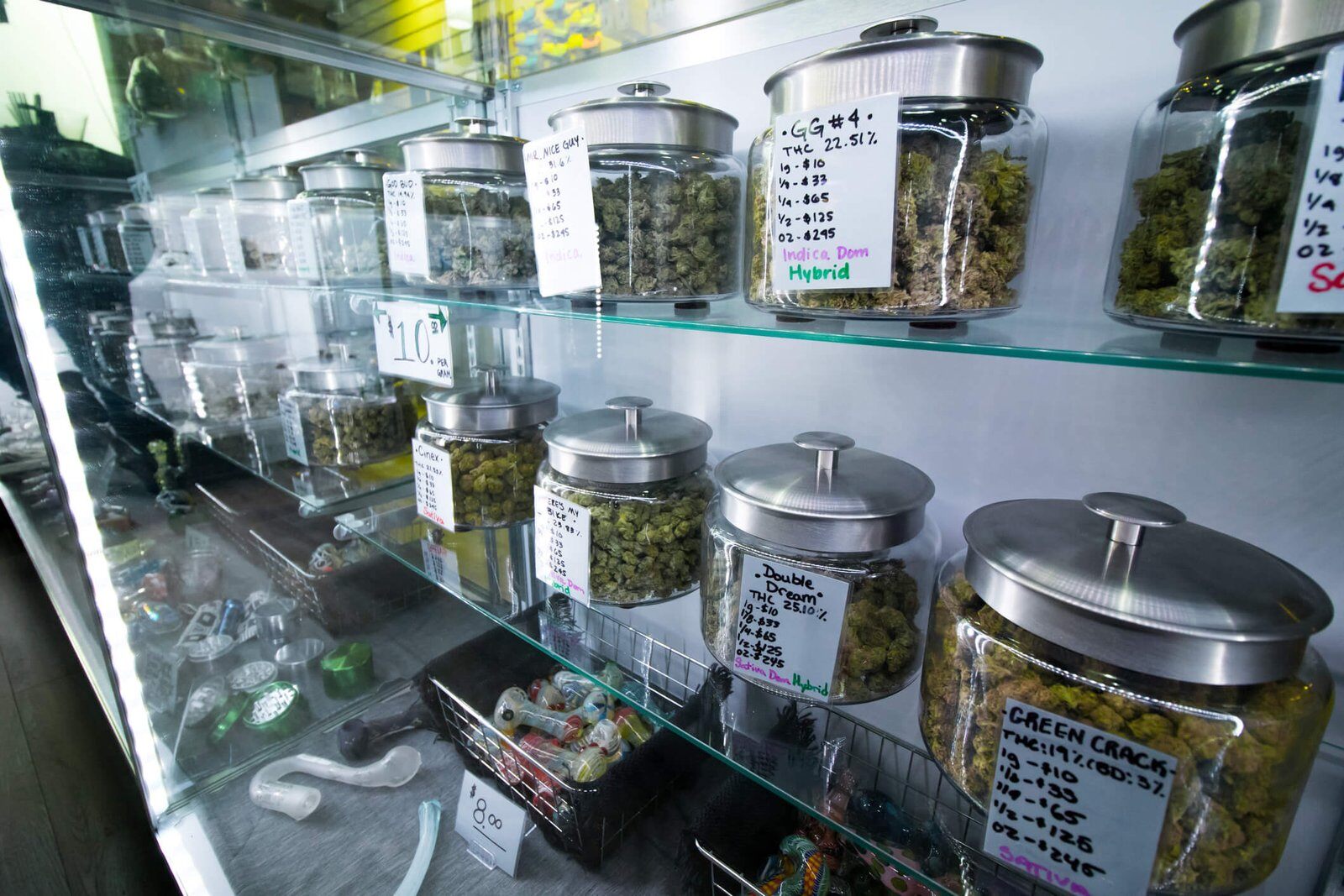4 min read
A Guide to the Different Types of Medical Marijuana in Oklahoma
Oklahomans voted to legalize medical marijuana (MMJ) on June 26, 2018. The law took effect one month later, and thousands of patients have...
4 min read
Erick Kaufman : Sep 27, 2021 12:00:00 AM
Oklahomans voted to legalize medical marijuana (MMJ) on June 26, 2018. The law took effect one month later, and thousands of patients have benefitted since.
State law requires a physician’s signature on the Oklahoma medical marijuana application. However, federal law bans them from recommending different types of medical marijuana consumption or particular strains.
There are countless types of medical weed if you consider all the strains, but the law says nothing about those. The state has six legal categories of products you can find in dispensaries: flowers, oils and concentrates, tinctures, capsules, edibles, and topical ointments.
Don’t panic if you’re not familiar with various types of medical marijuana products. This quick and easy article breaks the categories down for you.
Oklahoma MMJ patients can buy dried cannabis flower—weed in its most basic form—at local dispensaries, where they must present legal identification and their medical marijuana cards. Although nobody goes looking for a single cannabis flower, weed users started referring to it in the singular decades ago.
Most flower users consume it by smoking it in joints, pipes, and bongs. However, users can also make edibles at home and use dry herb vaporizers.
Unlike the concentrate vaporizers you’ll read about below, you load dry herb vaporizers much like you’d load a pipe. They work like little ovens and you inhale the vapor as the chamber of marijuana bakes.
Another way to access and use marijuana flower is by growing and harvesting it yourself. With a medical card, you can grow up to six plants at your Oklahoma home and could save money by not frequenting dispensaries.
Some advocate juicing the plant’s leaves and other methods of fresh consumption, unique options for home growers. Yet, most focus on drying the flowers and smoking or vaping. Oklahoma MMJ growers are also allowed to send their crops to processors that make concentrates.
The second category of legal MMJ in Oklahoma is cannabis oils and concentrates. Some weed concentrates lack additives while others come in various flavors.
Oklahoma medical weed users can buy oils and concentrates in several forms. The easiest way to use them is in pre-filled vaporizer cartridges with attached battery “pens.” Buying cartridges from a dispensary is the key to assuring they’re well-made and safe.
You can also buy containers of solid oil, often known as “shatter,” “wax,” or “dabs.” Users vaporize it using a torch and a device called a “dab rig.”
Tinctures are cannabis oils dissolved in alcohol. Like concentrate pens, some have flavoring while others don’t. Tincture bottles contain specific amounts of cannabinoids, marijuana’s active compounds, in each bottle.
Users can swallow tinctures, though the taste may be harsh and the effects can take a while to set in. Mixing tinctures with beverages is also popular, but further increases the drug’s activation time.
The fastest way to reap the benefits of tinctures is to use them sublingually. The tincture absorbs into the blood vessels under the tongue, meaning effects may be near-instant. However, be aware that this method often stings and isn’t for the faint of heart!
Some choose tinctures because specific dosing is easy and they’re cheaper than edibles. Another main benefit is that tinctures are discrete and easy to take when you’re around others.
Capsules are a less popular, but readily available and legal way to use cannabis in Oklahoma. They contain a set amount of various cannabinoids, THC and CBD being the most common.
Some capsules are made for oral use, while others are suppositories. They’re even more accurate than tinctures because they’re pre-dosed, not dosed yourself with a dropper.
You take tinctures and many marijuana capsules by mouth, but they’re not considered edibles. This category is reserved for foods and beverages containing cannabinoids. Like capsules, commercial edibles are pre-dosed and remove the guesswork.
When users make their own edibles using flowers either purchased or grown, achieving specificity is hard. Edibles are popular for often long-lasting effects, but it’s hard to know when they’ll kick in. Pinpointing your tolerance can also be difficult because of the delayed activation time.
If you have aches and pains but are wary of ingestible cannabis, try a weed ointment. You can buy CBD salves in supermarkets in many parts of the United States, since 2018. Yet, those are made from hemp—cannabis containing 0.3% THC or less.
Many medical patients don’t get enough relief from the hemp CBD ointments available to the public. Oklahoma MMJ users can find “full-spectrum” ointments with a blend of cannabinoids in local dispensaries. Others buy 100% CBD ointments made from marijuana instead of hemp, feeling it works better than hemp CBD.
Knowing Oklahoma’s legalized types of medical weed doesn’t tell you where to start. Medical marijuana beginners often ask a logical but misguided question: “What kind of weed is the best for my condition?”
It’s a misguided question because if cannabis was that simple, there would only be a few kinds of weed. In reality, there are hundreds if not thousands of strains of weed since growers breed new varieties all the time.
Finding the best marijuana and consumption method is a process of trial and error for Oklahoma MMJ users. Each person is unique and experiences with strains vary from one user to the next.
Making things even more complicated, each of the above types of consumption affects users differently. Some claim that one method of consumption “works better” than another or that its effects last longer. The truth is that you can’t know how any weed strain or product affects you without giving it a shot.
Oklahoma dispensaries stock a wide range of cannabis products for you to try. The employees can guide you through the various strains of flower and seeds they have in stock. Dispensaries’ other products, such as edibles and capsules, come in many different dosages and strains.
This information on the legal types of medical marijuana in Oklahoma is a great guide for beginner MMJ users. If you’re new to the scene and only knew about smoking and homemade edibles, now you know the true variety available to you.
If you feel MMJ could help you manage a medical condition, you’re in the right place to begin. Our doctors believe in the power of cannabis and help you apply for an Oklahoma medical marijuana card. Read more about what we do and get started here.

4 min read
Oklahomans voted to legalize medical marijuana (MMJ) on June 26, 2018. The law took effect one month later, and thousands of patients have...

7 min read
Did you know that as of 2018, around 67 percent of doctors favored marijuana for medical uses? Marijuana is growing in popularity and use. For...

In 2020, economists valued the global, legal market for cannabis at $20.5 billion. Now, that market has expanded to almost every state in the United...